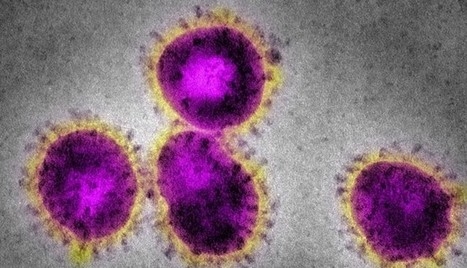Last week we heard exciting news about a new blood test that can detect every virus that has infected you. From a drop of blood researchers can now determine the presence of antibodies against hundreds of viruses known to infect humans. For the first time medical researchers will have access to the history of virtually all your past and current viral infections with an unprecedented level of detail. The potential uses of this technology promise great opportunities in diagnostics in the field and beyond.
Until now, doctors have used a number of techniques to determine the presence of viral infections. Some tests detect the physical presence of the virus itself, in the form of viral proteins or viral genomes (RNA or DNA). In contrast, serological techniques measure the presence of specific antibodies against viral proteins. In serological assays the presence of an antibody response against a virus means that you are, or have previously been infected with such virus. The limitation of these tests has been that they could measure the presence of only a few viruses at a time. Early this month, researchers at Brigham and Women’s Hospital in Boston and Harvard Medical School have used a combination of antibody detection techniques, immuno-precipitation, and massive parallel DNA sequencing, to engineer a viral test that can simultaneously detect hundreds of viruses at the same time. The tests can be run with as little as one microliter of blood, and at a cost ($25) below a typical doctor visit co-payment. The technologies used in this research work published in Science have been available for years. However, the Boston researchers applied them with a much higher level of complexity that I’ll try to explain in a moment, bear with me !
Investigators used a database of all viruses known to infect humans (a list of 206 virus species, what’s called “human virome”), to generate thousands of small pieces of proteins in bits of 56 amino acids (56mer). This collection of 56mers (near 100,000 of them) contains partially overlapping sequences that cover all the proteins of the complete human virome. All these small pieces of viral proteins were displayed on the outside of a virus called “T7 bacteriophage” to create a library in which each individual bacteriophage unit expresses multiple copies of one single 56mer. In other words, each bacteriophage carries a fragment of a viral protein that could be recognized by a single human antibody. Upon addition of a drop of blood to the collection of bacteriophages, antibodies present in the sample bind to some bacteriophage particles carrying specific 56mer, which can be later recovered using a technique called “immuno-precipitation.” To identify which bits of proteins were recovered, researchers sequenced the DNA of the bacteriophages pulled by the human antibodies. Samples that pull multiple bits of proteins known to exist in a given virus are identified as having antibodies against such virus, and therefore reveal the presence of a past or present infection. A further twist of the technology allows researchers to sequence multiple sequences in parallel and identify at the same time thousands of antibodies present in the blood sample.....
Published in Science (June 5, 2015)
https://doi.org/10.1126/science.aaa0698



 Your new post is loading...
Your new post is loading...







